HOT WATER NOT COMING OUT OF YOUR SHOWER?

Though it’s often always pretty warm in Texas during the winter, the last thing you want is no hot water coming out of the shower! An immediate solution would be to check your water tank, which is where the hot water is being supplied from. Water heaters (or water tanks) are usually located in hidden places like your basement, attic, garage, or even a closet. FYI, the location of your water heater also affects how quickly the water in your house gets hot.
While your water tank could be the most obvious reason for finding any issues with the water heating, it isn’t the only one. There are a few other things you can look at when trying to find the reason the water isn’t heating in your household. Quarter Moon Plumbing, AC & Heating has a few tips for you if hot water is not coming out of your shower.
CHECK THE TEMPERATURE
Sometimes, it’s the little things. While checking the temperature of the water heater may sound like a no-brainer, there are a few other things to consider. If you have an electric water heater, check for any elements that might have burned out; water will either heat for a short period of time or not heat at all if there is an issue. If you have an older model, the cold-water supply dip tube may have deteriorated. The dip tube allows for cold water to run down to the burner to heat it up. Instead of the cold water going to the burner for heating, it escapes into the hot water feed pipe. Thus causing cold water to come out. Make sure you check the temperature of your water heater to rule this factor out.
WATER TANK, INSPECT IT!

As previously mentioned, your water tank can be located in either your basement, attic, garage, or closet. After locating it, the first thing you want to check is the age and condition of your water tank. Like many appliances, water tanks are subject to wear and tear over time. A second thing to look out for is leaks and checking the connections. At times, the connections on your water heater may need to be tightened or sometimes may need to be replaced. Lastly, check the anode rode (which is a steel wire coated in either aluminum or magnesium which helps prevent the water tank from rusting) and look out for sediment build-up. If the anode rode is worn away or covered in sediment buildup, this could be the underlying reason why your water isn’t heating.
CHECK OTHER FAUCETS IN THE HOUSE
To determine whether it’s a water tank issue or a shower component issue, check the temperature of the hot water in the other faucets in your home. If the temperature of the hot water cools quickly, you may have a burner problem with your water tank. If there is no hot water coming out at all, it could be a faulty dip tube. Now, if all the other faucets have running hot water, then the issue may lie in your shower components.
INSPECT YOUR SHOWER VALVE
Your shower valve might need to be checked if the only place in your household that isn’t getting hot water is your shower. The shower valve is in charge of mixing both hot and cold water to make it the perfect temperature for your shower. Sometimes, the washers or O-rings have worn out which makes the valve not properly work. This can cause cold water to come through the showerhead. You may need to replace some of these parts if there is an issue with your shower valve.
IF YOU CAN’T RESOLVE THE PROBLEM, CALL THE EXPERTS!
We are always looking out for the comfort and protection of our clients. If you suspect there might be an issue with your plumbing, AC, or heating, call us today for an inspection at contact us on our website.
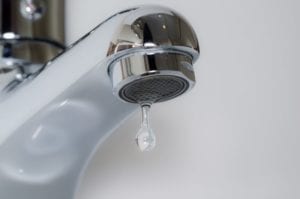
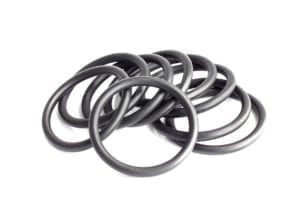 MALFUNCTIONING O-RING
MALFUNCTIONING O-RING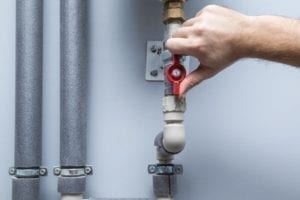 DEACTIVATE THE WATER
DEACTIVATE THE WATER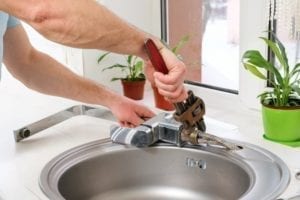 INSPECT THE PARTS OF THE SINK
INSPECT THE PARTS OF THE SINK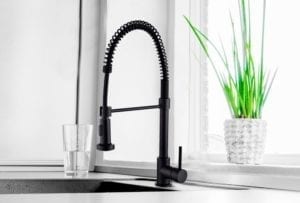 4 TYPE OF FAUCETS
4 TYPE OF FAUCETS

